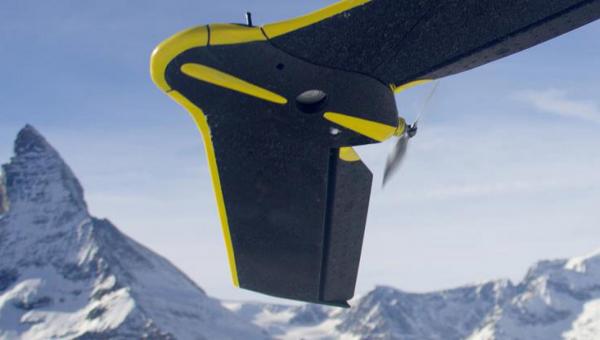Impact Printing: Reviving Clay Construction with Autonomous Technology

A new autonomous printing process for the construction industry could herald the return of clay houses.
With the advent of concrete, cement and other fast-track construction methods, buildings made mostly from earthen materials have been relegated to a niche. This is despite the fact that clay is climate-friendly, moisture-regulating, recyclable, easily degradable and an inexpensive raw material that is available almost everywhere. The reason? Building with earth materials is labour-intensive, slow and therefore expensive. But cement and similar materials also have a major drawback: they cause high CO2 emissions. Cement production is one of the most carbon-intensive industrial processes, accounting for around 8% of global greenhouse gas emissions, according to the World Economic Forum.
A clay wall produced by a novel printer
Researchers are therefore seeking sustainable alternatives. Using a new printing process called ‘impact printing’, researchers at ETH Zurich have found a way to make clay and earthen materials viable again for building houses. The materials are printed into a mould in a kind of oversized 3D printer. They are then dropped from a height onto a substrate or other printed elements until the wall has reached the desired shape and size. In addition to the better carbon footprint of the materials used, impact printing also has the advantage that, unlike concrete 3D printing, it does not require pauses for the material to solidify. A mixture of excavated material, silt and clay is currently being used.
Impact at 10 metres per second
The parts bond on impact, so only very few additives are needed. As the name suggests, the special printing technology propels the individual clay parts at up to 10 metres per second onto the already printed material. The pieces collide with enough energy to bond them firmly together. The realisation of the new clay walls for everyday use is designed in such a way that, after a pre-production phase, the actual construction can take place directly on site using autonomous construction machines. The attachments developed for this purpose should be compatible with conventional construction vehicles, such as excavators.
The research team has set itself the task of developing further autonomous robots that will make the printed structures more stable. They will also smooth the surface of the built walls to seal them against the effects of temperature and weather.




